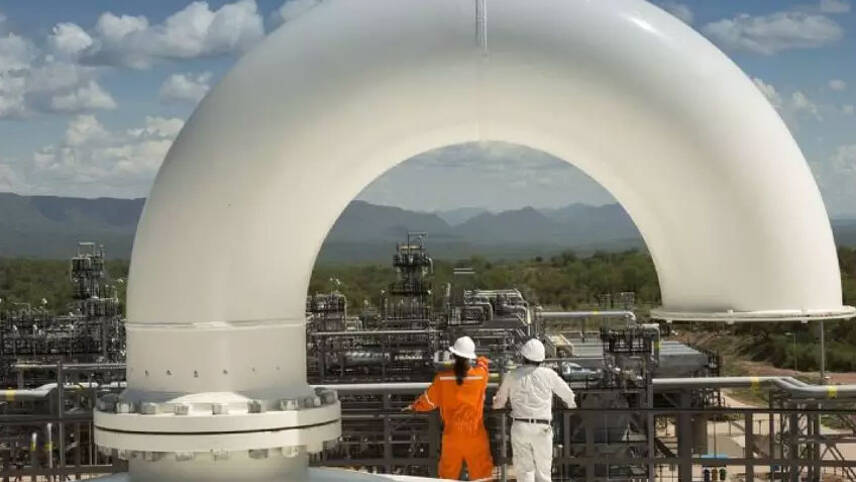Register for free and continue reading
Join our growing army of changemakers and get unlimited access to our premium content

Pictured: Researchers at the Sustainable Gas Institute (SGI) testing a small-scale CCS prototype in 2018
The Department for Energy Security and Net-Zero (DESNZ) has today (20 December) provided more information in the form of a new ‘Vision’ for the CCUS sector. Its headline ambition is for the UK to be a world leader in CCUS by 2035 and to generate £5bn of economic benefits annually from the sector by 2050.
A key facet of the plan is a new competitive allocation process for projects, to be implemented from 2027. This will encompass learnings from the competitive allocation rounds for renewable energy generation.
Ministers have already indicated support for four CCUS clusters which should come online by 2030. The Vision documents out this week state that these clusters, paired with dispersed smaller sites, should collectively be able to store 20-30 million tonnes of CO2 each year by 2030. The long-term ambition is to reach 50 million tonnes annually by 2050.
Switching to a competitive allocation process is touted as a way to grow and diversify the CCUS project pipeline, and to speed project delivery.
The first two of the four cluster projects are also being considered for potential expansion, subject to expressions of interest.
Storage and skills
Regarding the storage part of CCUS, most projects are seeking to bury stored carbon under the North Sea. The UK notably held its first licencing round for North Sea plots for carbon storage in 2022.
The Vision notes that not all projects will be able to use pipelines to transport stored carbon to the North Sea, and promises a concerted effort to grow the infrastructure for alternative transport from 2025. Transport options touted include ship, road and rail.
The Carbon Capture and Storage Association (CCSA) has welcomed the plan but stated that the UK could reach 50 million tonnes of storage capacity by 2035, not 2050.
Energy Efficiency and Green Finance Minister Lord Callanan said: ” We need pragmatic answers to the carbon challenge, and with our infrastructure, skills and geology, the UK is in a pole position to take advantage of game-changing carbon capture and storage technology.”
Callanan promoted the CCUS sector as not only a component of the UK’s transition to net-zero by mid-century but an important facet of its leveling up agenda, given the job creation potential in Scotland, the North East and the North West.
DESNZ believes the CCUS sector could support 50,000 jobs by 2030, contingent on the significant growth set out in the Vision documents.
Related features: Are loopholes looming in government plans to scale CCUS?


Please login or Register to leave a comment.